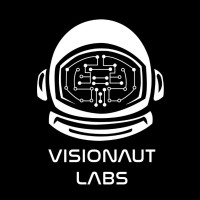Hypothesis-Driven Design (HDD) is a product development process. Our team uses it for developing stories of presentation decks and websites.
It make use of testing and prototyping to validate an idea and hence allows to build powerful, immersive stories with the aim to engage more and more audience.
There are six stages of HDD and it is an iterative process. Depending on the uniqueness of the project, HDD projects take two to three months.

Following is an explanation of the stages of HDD.

1. Research
In the research stage of HDD, you engage the entire team and define the goal of the project. This is the stage where you define the needs of your audience and decide how your story will take shape.
2. Plan
As the name suggests, this is the stage where the team sits down to understand the goal of the project, discuss ideas, define roles and decide how to collaborate on taking the story forward.
3. Prototype
This is the stage where the potential ideas discussed in the planning stage are put to some quick tests which will help develop a more tangible approach to be taken forward.

4. Develop
Development stage is where you are ready to build your story. This is just the starting point so the story you develop in this stage might not be the one you actually launch. This is the stage where you get to refine and improve your story based on the feedback and usability testing.
5. Launch
Once you are ready with your story, it advances to launch stage. Here, the team will come together once again to discuss the best communication strategy
6. Review
Review stage allows you to learn from your project and document the learnings for the benefit of future projects. If your story was a success, this stage helps you to figure out how to make it a repeatable pattern.
The biggest benefit of HDD is that over the course of time, your focus switches from discoveries to improvement as you start to gain established approaches from projects that started out as mere experiments.
